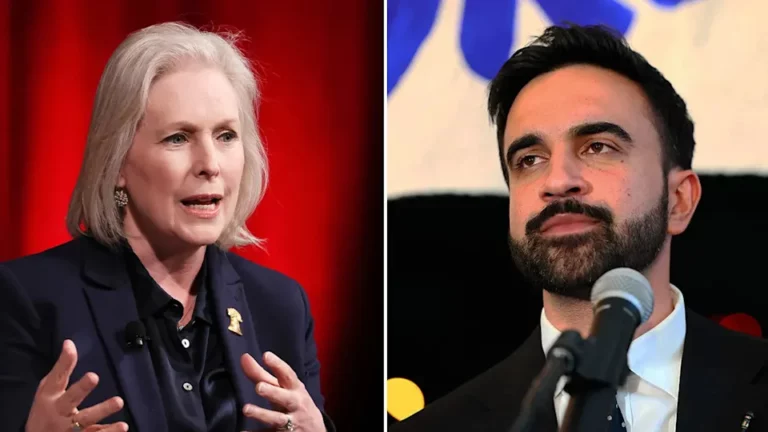 The stimulus package the U.S. Congress is completing would raise the government’s commitment to solving the financial crisis to $9.7 trillion, enough to pay off more than 90 percent of the nation’s home mortgages.
The stimulus package the U.S. Congress is completing would raise the government’s commitment to solving the financial crisis to $9.7 trillion, enough to pay off more than 90 percent of the nation’s home mortgages.
The Federal Reserve, Treasury Department and Federal Deposit Insurance Corporation have lent or spent almost $3 trillion over the past two years and pledged to provide up to $5.7 trillion more if needed. The total already tapped has decreased about 1 percent since November, mostly because foreign central banks are using fewer dollars in currency-exchange agreements called swaps. The Senate is to vote early this week on a stimulus package totaling at least $780 billion that President Barack Obama says is needed to avert a deeper recession. That measure would need to be reconciled with an $819 billion plan the House approved last month.
Only the stimulus package to be approved this week, the $700 billion Troubled Asset Relief Program passed four months ago and $168 billion in tax cuts and rebates approved in 2008 have been voted on by lawmakers. The remaining $8 trillion in commitments are lending programs and guarantees, almost all under the authority of the Fed and the FDIC. The recipients’ names have not been disclosed.
The pledges, amounting to almost two-thirds of the value of everything produced in the U.S. last year, are intended to rescue the financial system after the credit markets seized up about 18 months ago. The promises are composed of about $1 trillion in stimulus packages, around $3 trillion in lending and spending and $5.7 trillion in agreements to provide aid.
Federal Reserve lending to banks peaked at a record $2.3 trillion in December, dropping to $1.83 trillion by last week. The Fed balance sheet is still more than double the $880 billion it was in the week before Sept. 17 when it agreed to accept lower-quality collateral.
The worst financial crisis in two generations has erased $14.5 trillion, or 33 percent, of the value of the world’s companies since Sept. 15; brought down Bear Stearns Cos. and Lehman Brothers Holdings Inc.; and led to the takeover of Merrill Lynch & Co. by Bank of America Corp.
The $9.7 trillion in pledges would be enough to send a $1,430 check to every man, woman and child alive in the world. It’s 13 times what the U.S. has spent so far on wars in Iraq and Afghanistan, according to Congressional Budget Office data, and is almost enough to pay off every home mortgage loan in the U.S., calculated at $10.5 trillion by the Federal Reserve.
(Source: Bloomberg News)











3 Responses
That’s a bit alarmist since to reach such a high number, it would require everyone in the country to default on their mortgage and declare bankruptcy. Even if the US returned to the 25% unemployment rate of the Great Depression (and severe deflation), that wouldn’t happen.
As long as inflation doesn’t become a problem, printing money to hold off deflation isn’t so bad even if it is wasteful. Indeed, if the money injected into the economy is less than the money “sucked out” by dubious banking practices, the remedial measures may not have any significant effect.
According to the well-known columnist Spengler, in the Asia Times, the real problem with the economy is the dearth of young people to work and invest in new enterprises.
The ratio of young to old has declined, because of declining birth rates. So there is no one to productively loan money to to build families and businesses.
This is a structuaral problem in America and Europe, and no amount of “Stimulus” will succeed in stimulating a dead horse.
The problem is the selling out of America. The entrepreneurs of the recent past until now, do not have the same business fiber of those from our Industrial Age. This is what happens when wealth is traded and not created within the USA.